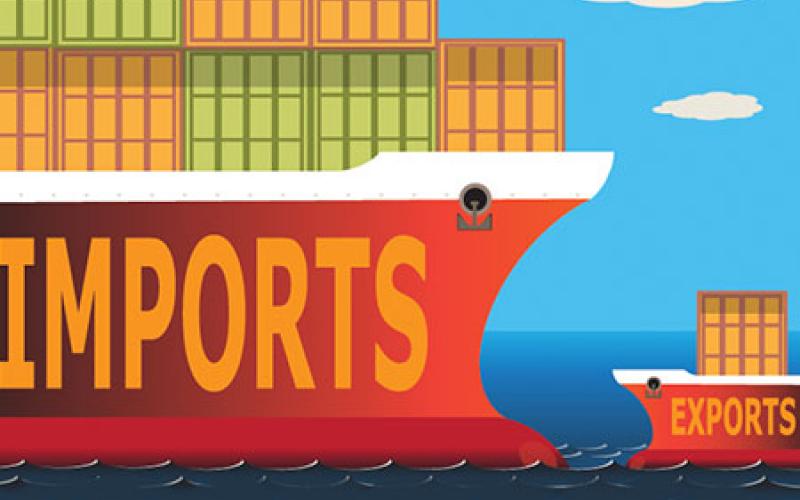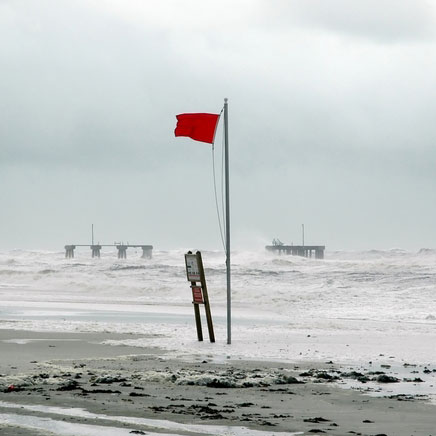The deficit uncovered: Huge arable land use imbalance in global commodity trade

The deficit uncovered: Huge arable land use imbalance in global commodity trade
A recent study finds a striking imbalance in the global trade of arable land use. The imbalance is not only one between countries, but also one between the underdogs and top dogs of the global supply chain.
Original Paper:
Chen, G.Q., M.Y. Han, "Global supply chain of arable land use: Production-based and consumption-based trade imbalance," Land Use Policy, Volume 49, December 2015, Pages 118-130, ISSN 0264-8377 DOI: http://dx.doi.org/10.1016/j.landusepol.2015.07.023
Alleviating the international food crisis demands the study of global food supply. Given the increasing interconnectedness of countries worldwide, the massive consumption of goods in one country often exerts pressure not only on its own arable land but also on arable land in other countries. Studying how arable land is used in global consumption and production is, therefore, crucial in addressing the issues of food security and land deficit.
In a recent study, Guoqian Chen of Peking University demonstrated the result of his team's analysis on arable land use trade in the Land Use Policy journal. Chen used the Input-Output Analysis, a method that connects resource flows and environmental impacts, to study the relationship between arable land use to the production of both the intermediate products and final goods for 189 economies. In this study, the global trade of goods represents the international trade of arable land used for consumption and production. The study differentiates between those goods that go into intermediate products — those that require further processing for final consumption of the society — and final goods — those that are ready for social consumption. It is the first time researchers have examined the trade pattern of how arable land is used for the production of intermediate products and final goods.
Chen's analysis has several implications. First, one-third of the arable land around the world is used to support the production of goods that are traded globally. The impact of globalization is clear: arable land is used to support not only the domestic market, but also the international market.
Second, the volume of arable land used in the trade of intermediate products is almost twice as large as that of final goods. This means that arable land is more often used in the production of goods to be further processed, not goods to be finally consumed. This reveals that many countries are highly dependent on the exports of intermediate products. Given the existing scarcity of resource in many places, countries, especially emerging economies, find themselves lacking a strong domestic industrial structure to prevent further deficit of arable land.
Third, every country carries a distinct trade pattern of arable land use. The paper identifies four trade patterns: production-based import, production-based export, consumption-based import, and consumption-based export. A country can be a production-based importer or exporter. It can import or export materials, which requires the use of arable land for production. Conversely, a country can be a consumption-based importer or exporter. It can import or export goods, which requires the use of arable land for consumption. A country can both import and export for the sake of either consumption or production. However, each country usually leans towards one of the four trade patterns.
For example, mainland China is a production-dominated importer. It imports more than it exports, and it imports more materials for production than for consumption. On the other hand, the United States is a consumption-oriented importer. Though it imports more than it exports, it imports more materials for consumption than for production. Other notable examples include Australia, which is a consumption-oriented exporter, and Canada, a production-oriented exporter.
To understand trade pattern is to understand the use of arable land. For mainland China, being a production-dominated importer means it is using more of its own arable land for production than for consumption. Given that China has one-fifth of world's population but only one-twentieth of world's arable land, the existing trade pattern in China only exacerbates its land scarcity.




